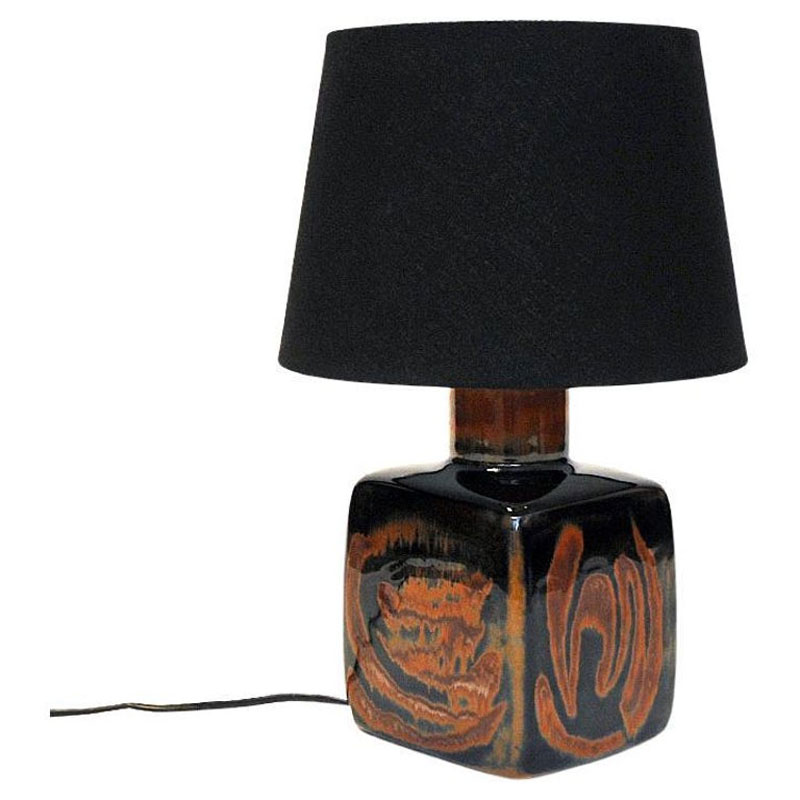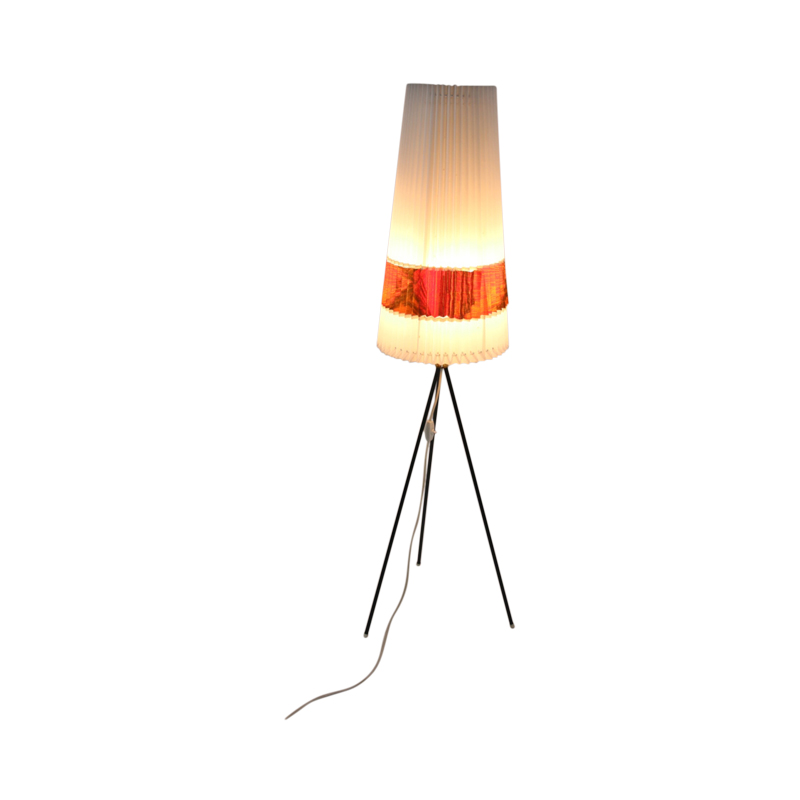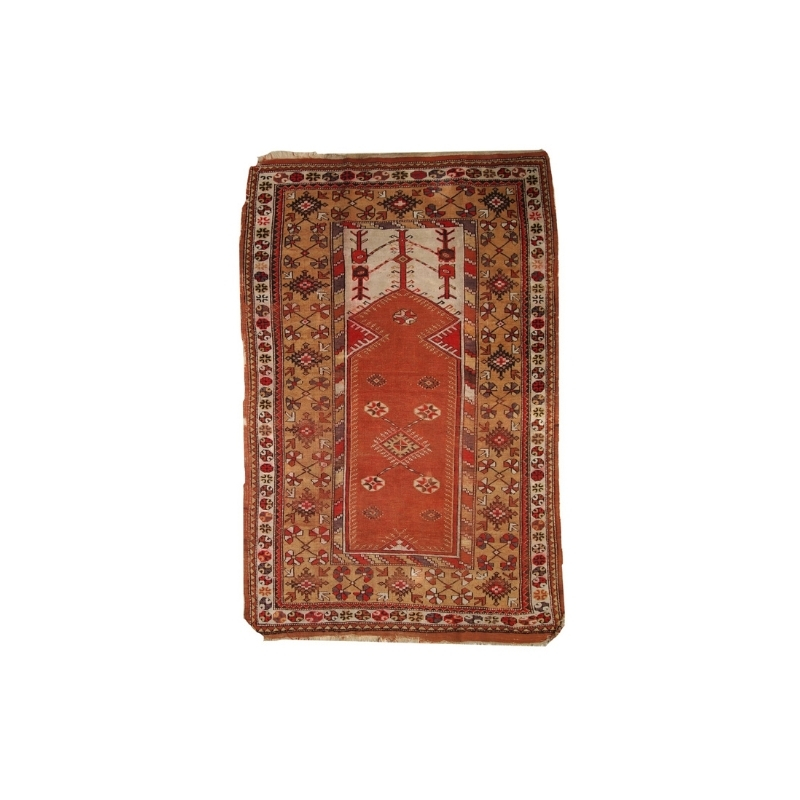Fritz Hansen and Arne Jacobsen
For my A-level Product Design Coursework I've chosen to study the Series 7 Chair. I've been trying to research the following questions; however I'm finding it hard to find the answers. Any help you could give me would be greatly appreciated.
1.What type of wood is used in the 3107 chair?
I know that the surface veneers can be Cherry, Walnut, Maple, Ash, Beech or Dark Stained Oak, but what are the internal layers?
2.Why out of the 9 layers that make the chair are there two layers of cotton textile used?
3.What type of tubular steel are the legs made from?
Also what is the internal and external diameter of the legs?
4.What's the average thickness of the chair (9 layers)?
5.How is the grain of the laminates arranged?
Is it all in the same direction?
Furthermore what type of glue is used?
6.Is heat used in the presses to speed up the moulding process?
How long does this take?
7.After the shell of the chair has been formed does a CNC machine cut the does of the chair to the correct shape?
8.How is the chair painted?
Is it just one coat of paint, before its finished with lacquer or varnish?
Also what type of paint is used?
I sorry that's a lot of questions, but any information regarding the above questions would be extremely helpful
Thank you
Hello, Holly.
Hmmm, I...
Hello, Holly.
Hmmm, I wonder if Koen knows a lot of answers to these questions. Here is all I can help with by seaching my mind.
1. The 3107 chair is made out 9 layers of ordinary plywood.
5. The grains of the 9 layers of plywood are not all facing the same direction. The grains are laid horisontal, vertical, horisontal, vertical etc. The direction of the grains are changed back and forth by 90 degrees for each layer otherwise the desirable shape will not hold very long. By changing the direction of the grains, you'll keep the layers in place because even plywood still reacts on primarely the surrounding air's humiudity.
You have a lot of technical questions that I doubt can be found on the net. Why not call Fritz Hansen themselves, either their headquarters or an international showroom, or perhaps a major dealer nearby?
There are many ways...
of making good laminated chairs and Fritz Hansen obviously has it's own way. Considering that it is a school project you might want to know some general information that does not necessarely discribes Fritz Hansen's methods.
1- Beech is most likely what F.H. is using. The reason is simply that it is one of the most stable strong and sustainable woods around. The weight of the chair is a good indication that it is not birch, which is not a bad alternative but without the surface hardness of beech. Considering that the shell is not very thick (the average measurement on the ones I have is 9 mm, I would choose to alternate beech and ask, with the ask running along the centre line. It would be a nice way to increase flexibility.
2- Cotton is sometimes used when the shape is bended in two directions ar the same time. I is put on the inside of the outer layers in order to preevtn them from splitting.
3- You have to ask them
4- 9 mm in my chairs
5- The paint is hiding the edge so it is not visible. M_Andersen points out that it is cross-laminated, but I am less sure. It is not necessary to cross laminate in order to make it a stable construction but it is very common.
There are quite a number of glues that are suitable. For lamination an important consideration is that they have to set quickly (high frequency) and be gap filing.
6- It is very likely that heat in some form is used but it is unlikely that it is just radiant heat. The last time I worked with laminated shells and frames we had cycle times of 6-10 minutes, but that is some time ago...
7- Again there are different methods of cutting the shell into the right shape but a CNC robot will certainly do the best job.
8- If yuo take off the plastic cover underneath it looks as if the shell was spray painted, which is most likely but it could also be dipped. There is obviously more than one layer, but even the top coat is a paint not a varnish.
I hope F.H. can get you more information.
For information on laminating in general I would try to pick the brains of Becker KG a german company in the small town of Brakel (between Hannover and Kassel) In my view they are one of the very best.
Thanks again
there are pictures of the production of the chair on the fritz Hansen website (see link)
but i'm not particularly sure whats happening in all of them
http://194.255.25.5/fotoweb/Grid.fwx?columns=7&rows=5&folderid=5002&SF_G...
Dear Don,
If I ever write my memoires can I borrow "An amazingly long series of coincidences" as the title?
Back to the pictures, which are interesting to say the least.
I do not know what exactly is not clear in the pictures, so please ask. The ones I found interesting was first of all the confirmation that they are spray painted. An interesting detail is that the robots do not seem to care about the color choice so the shells come out in mixed order...I wonder how that works when you want to recycle the paint...
The cutting is interesting because it is not the usual robot cutting. The fact that the three shells in the back do not have the top of the backrest shaped indicates that the cutting is done three at the time. The pneumatic lines on the supports show that the shells are heldon the support by vacuum. The supports move three at the time in front of three cutters located at the right of the picture. The cutting must be quite precise because the sanding (other picture0 is limited to flat sanding and a slight tough on the edge. Two Giben robots are working parallel with one robot (in front) holding the shell with the front down, and the other holding the shell with the outside down. Again the sheels are held by vacuum and picked upp by the robot from these cylindrical supports. The sanding is done with a sanding disc, a hard core that holds loose sheets of sanding paper, mounted as radii on the core. It seems to be just a two step operation with one robot giving the shell to the other. The sanding discs are easy to see on the right mounted with what I think is a dust brush (dark brown cylindres in the same axis as the sanders.
If you have other questions please feel free to ask.
Pressure Moulding
I was wondering about the picture showing the pressure moulding where you can also see layers of plywood sitting on a rail of some sort.
Are each the the layers put under the moulds seperatly, with one layer being shaped before the next one is built up on top of it?? or is the shell moulded some other way??
Its probably obvious but this is the part of the chairs manufacture that i don't really understand : )
thanks for all your help
Holly
Hi Holly
No, all the layers are put together in stacks of 9, as you can see on the picture. It is also obvious from the picture that the layers are die-cut into a shape that is quite close to the final shape. Interesting is the fact that both short ends are not shaped but kept straight which indicates that they are used as guides in putting the sheets of veneer in the right place. The other thing that seems obvious is that there are indeed 9 layers, but the inside layers seem to be a darker which is one of two things, either the glue is phenolic and thermo-setting which would shorten the curing time to about 3 minutes (the stratification time of phenol) or the inside layers are not the same wood. It is hard to see what kind of wood it is because of the lighting but I stick to my first guess: Beech...although in the third stack from the left there are lighter areas that are not beech-like....there is only so much one can see on a picture
If you need any help, please contact us at – info@designaddict.com









